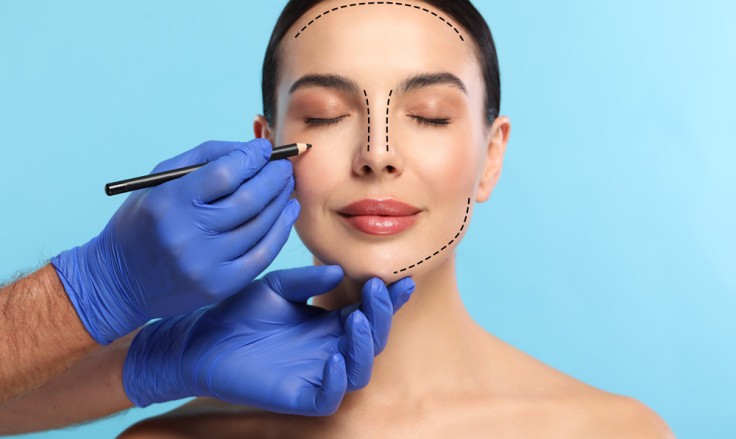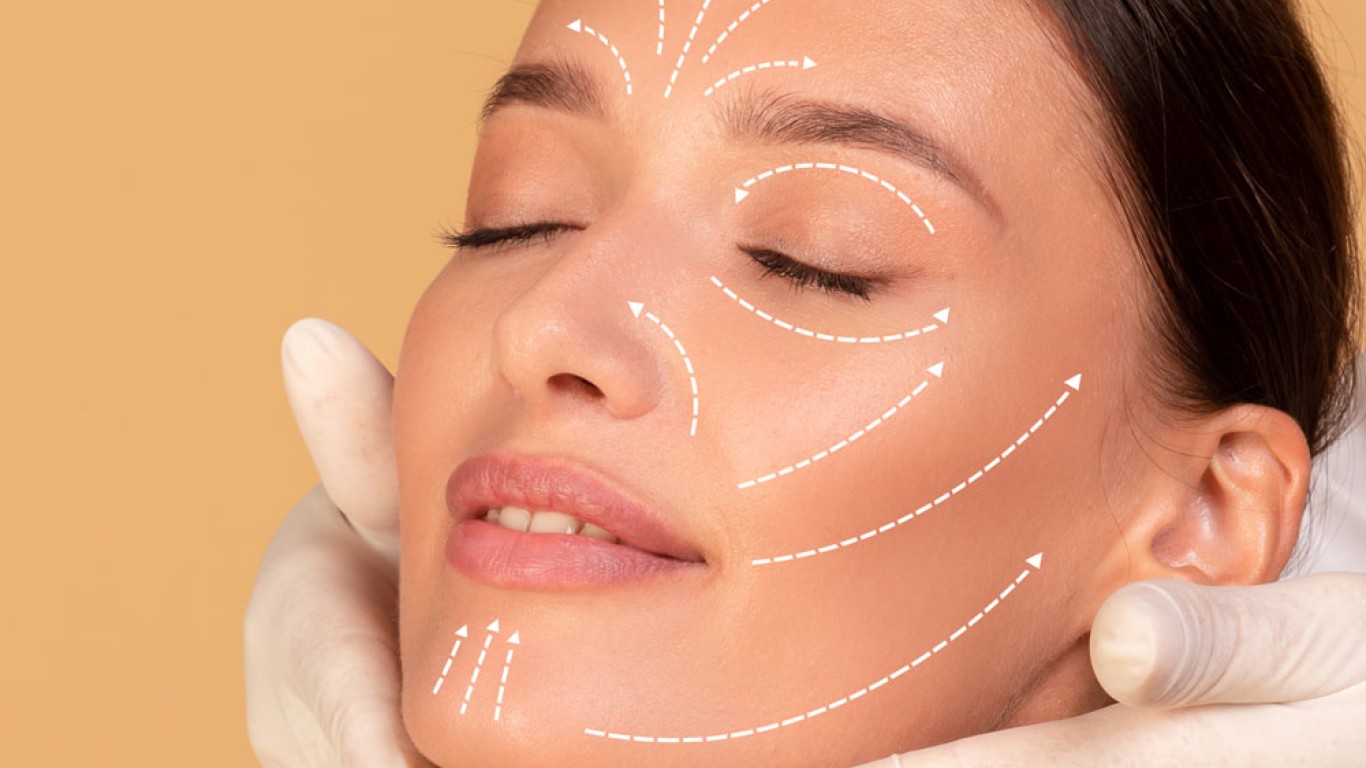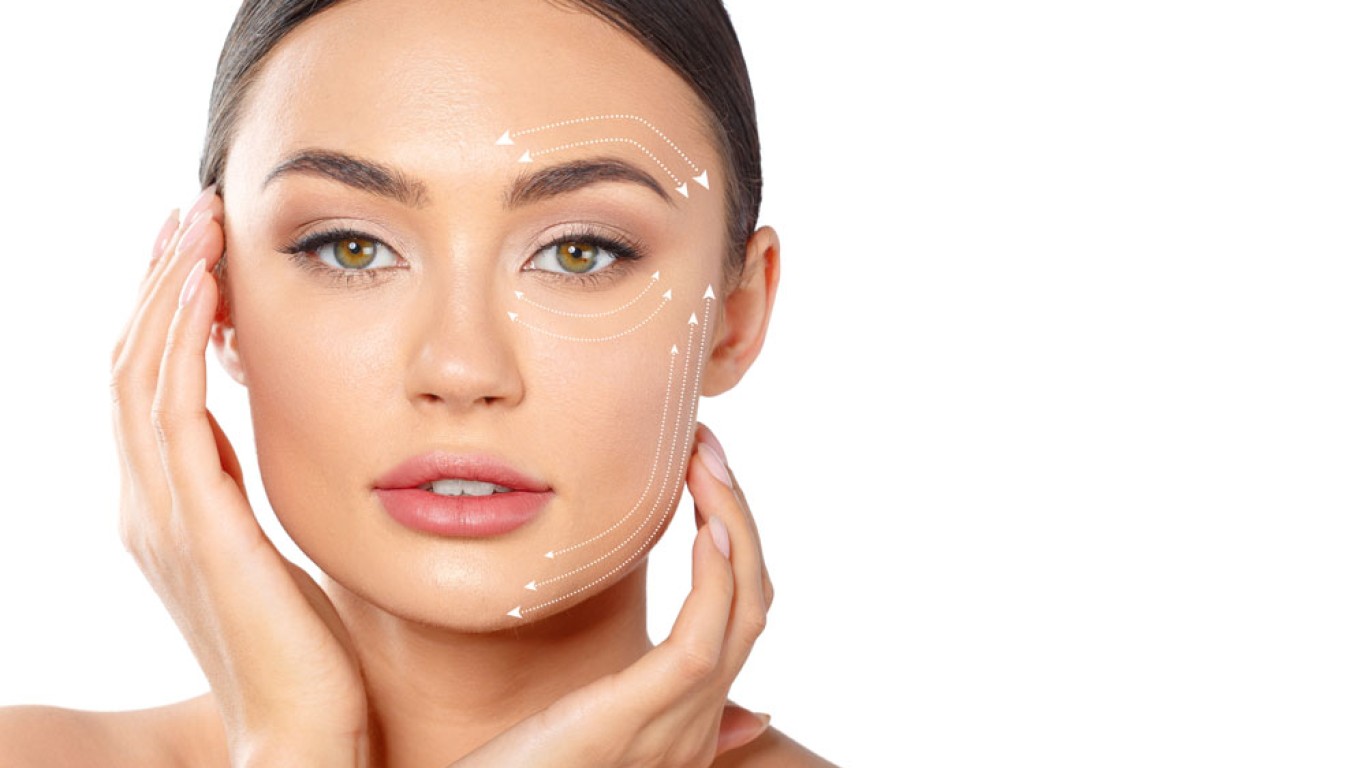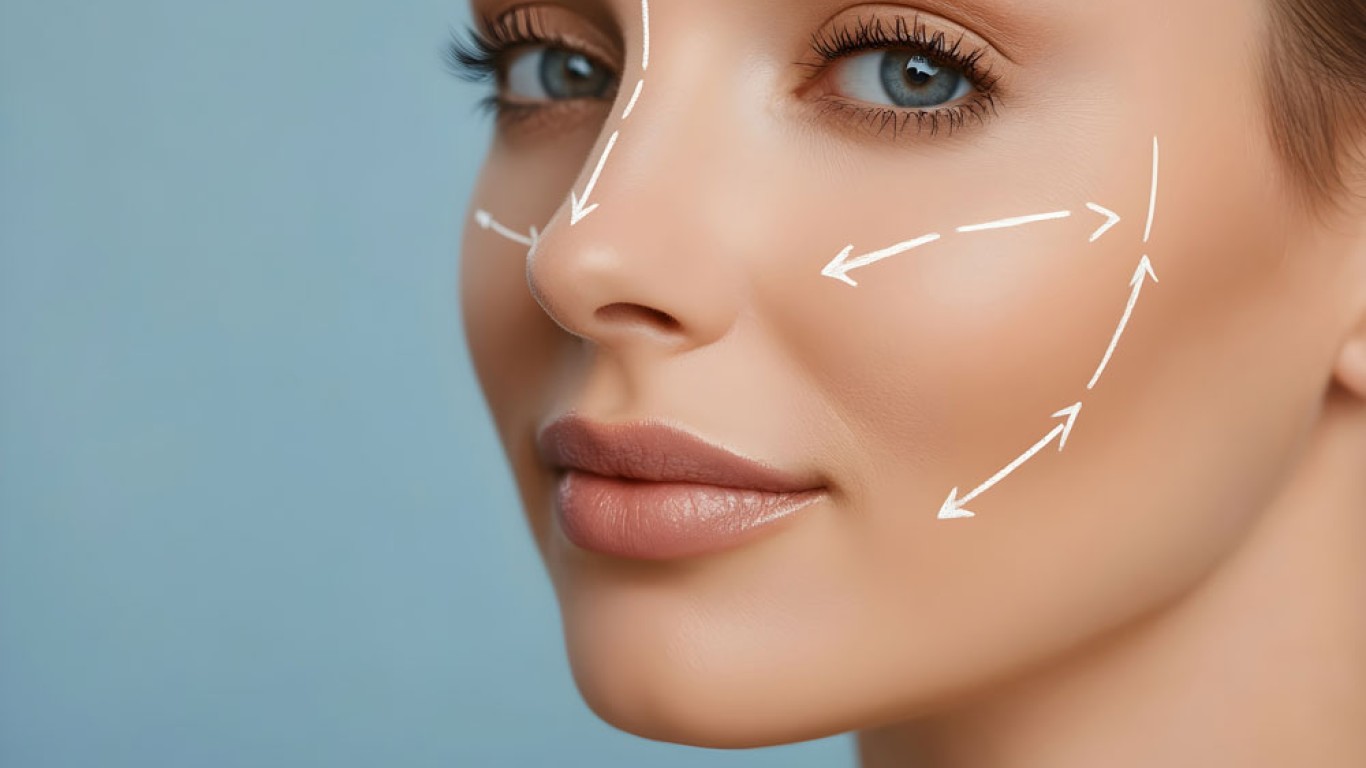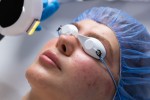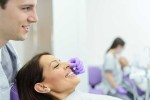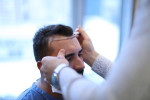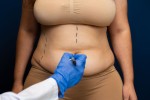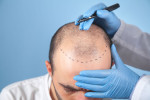Introduction
Rhytidectomy, also known as a facelift, helps reduce signs of ageing and enhances facial contours. Proper rhytidectomy recovery is essential for achieving optimal results and minimising complications. Following expert guidance ensures a smoother healing process and a quicker return to daily activities. This article explores key recovery steps, including post-operative care, lifestyle adjustments, and tips for reducing swelling and discomfort. By understanding these aspects, you can prepare for a successful recovery and long-lasting results. Additionally, knowing what to expect at each stage helps ease concerns and improves confidence in the healing process. Having a clear plan for recovery can make the experience more manageable and stress-free.
Rhytidectomy Immediate Post-Operative Care
The first 48 hours after surgery are crucial for proper healing. During this period, swelling and bruising are expected but can be managed effectively. Your surgeon will provide detailed instructions for wound care and pain management. Applying cold compresses reduces swelling and discomfort, promoting a more comfortable recovery. Additionally, keeping your head elevated while resting helps minimise fluid retention and speeds up healing.
Avoiding strenuous activities is essential during the early recovery phase. Strain on facial muscles can increase swelling and prolong healing. Instead, focus on rest and hydration to support tissue repair. Following your surgeon’s recommendations for medication use ensures pain is controlled effectively. Proper post-operative care sets the foundation for a smooth rhytidectomy recovery. Furthermore, arranging for help at home allows you to rest properly and avoid unnecessary strain. Support from family or friends can make recovery easier and less stressful. Taking short naps and limiting screen time can prevent unnecessary eye strain and discomfort.
Managing Swelling and Bruising After Rhytidectomy
Swelling and bruising peak within the first few days but gradually subside over the following weeks. Applying ice packs for short intervals helps control inflammation and soothes discomfort. Moreover, avoiding salty foods prevents fluid retention and reduces swelling. Staying hydrated supports circulation and promotes faster healing.
Sleeping with your head elevated reduces pressure on treated areas, further decreasing swelling. Additionally, gentle facial movements improve circulation and help dissipate excess fluid. However, avoid excessive facial expressions, as they may strain healing tissues. Managing these symptoms effectively contributes to a smoother and quicker recovery. Wearing loose clothing with front openings prevents unnecessary pulling on the face, reducing irritation to healing tissues. Using recommended herbal teas or supplements can also help support the body’s natural healing process.

Nutrition and Hydration for Healing After Rhytidectomy
A balanced diet plays a crucial role in rhytidectomy recovery. Nutrient-rich foods support tissue repair and reduce inflammation. Consuming protein-rich meals enhances collagen production, essential for skin healing. Moreover, vitamins C and E protect against oxidative stress and promote faster recovery. Additionally, including omega-3 fatty acids in your diet supports skin regeneration and reduces inflammation.
Staying hydrated maintains skin elasticity and flushes out toxins from the body. Drinking plenty of water supports cell regeneration and keeps tissues healthy. Additionally, avoiding alcohol and caffeine prevents dehydration and reduces the risk of complications. Proper nutrition and hydration significantly impact the speed and quality of recovery. Green leafy vegetables, nuts, and lean proteins contribute to optimal healing and improve skin condition post-surgery. Incorporating antioxidant-rich foods like berries can further enhance skin repair. They can help reduce post-operative inflammation.
Gradually Resuming Daily Activities
Rest is crucial during the initial healing phase. But, movement should be reintroduced gradually. Light activities like walking promote circulation and prevent blood clots. However, strenuous exercises should be avoided for at least four weeks to prevent strain on healing tissues. Taking short walks indoors or around the garden can help prevent stiffness while maintaining overall health.
Returning to work depends on individual healing progress and the type of work performed. Desk-based jobs may be resumed within two weeks. While physically demanding tasks require longer recovery periods. Sun exposure should be limited to prevent hyperpigmentation and protect healing skin. Wearing sunscreen and protective clothing helps maintain surgical results and prevents sun damage. Large sunglasses and broad-brimmed hats can provide extra protection for healing facial skin. Avoiding exposure to wind and extreme weather conditions also helps protect sensitive skin during the healing process.
Long-Term Maintenance and Scar Care
Proper scar care ensures optimal healing and minimal scarring. Applying prescribed ointments promotes skin regeneration and reduces scar visibility. Additionally, massaging healed scars enhances circulation and softens tissue over time. Using natural remedies such as aloe vera gel may also help keep the skin hydrated. This can promote faster healing.
Using silicone-based gels or sheets supports collagen production and prevents raised scars. Furthermore, avoiding smoking is crucial, as nicotine impairs circulation and delays healing. Adopting a consistent skincare routine maintains skin health and enhances results. This includes gentle cleansing and moisturising. Long-term maintenance ensures lasting benefits and a smooth rhytidectomy recovery. Avoiding excessive makeup during the early stages of healing allows recovery without irritation. Regular follow-up visits with your surgeon help monitor healing progress and address any concerns.
Conclusion
Recovering quickly from rhytidectomy requires careful attention to post-operative care and lifestyle choices. Managing swelling, maintaining proper nutrition, and gradually resuming activities contribute to a smooth healing process. Additionally, effective scar care and long-term skincare practices enhance results and ensure lasting benefits. By following professional guidance, you can achieve the best possible outcome and enjoy youthful, refreshed skin. Consistency in post-operative care and adherence to medical advice ensures a smoother recovery journey and better long-term satisfaction. Staying positive and patient throughout the healing process helps improve overall recovery and confidence in the final results.
For more information on rhytidectomy procedures and to book a consultation visit the ACIBADEM Beauty Center Facelift webpage.
Frequently Asked Questions
Recovery typically takes between four to six weeks, but full results may take several months.
Most patients return to work within two weeks, depending on the type of job performed.
Applying cold compresses, keeping your head elevated, and staying hydrated help minimise swelling.
Light walking is encouraged, but strenuous exercises should be avoided for at least four weeks.
Using silicone gels, massaging healed scars, and avoiding sun exposure help improve scar appearance.
